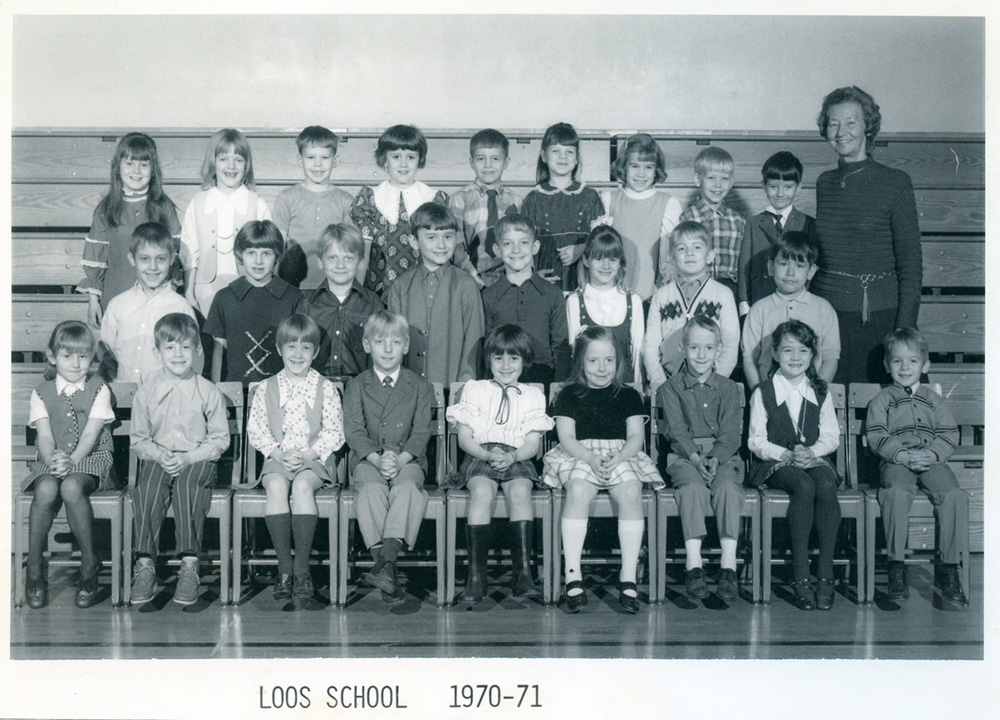It was in September of 1971. On the 13th day of that month. I don’t remember what I was doing then. Most likely, I was sitting in Mrs. Barnes’s classroom at Loos Elementary School. That is where I went to kindergarten and first grade, as Our Lady of Mercy, only had grades second through eighth.
Mrs. Eckert was my kindergarten teacher, and Mrs. Barnes, first grade. I loved them both so much and always looked forward to going to school at that time, except once. My Mom cut my bangs too short and uneven at that. I was screaming and crying and wouldn’t get out of Mrs. Conner’s car. Her daughter, my friend Sharon Conner, tried to convince me they weren’t that bad, but the truth was, Sharon had choppy bangs too. Misery loves company, I suppose.
Anyway, back to September of 1971.
Probably about the time I was opening my lunchbox to find a peanut butter and jelly sandwich with a little baggy of Fritos, a revolt was taking place at New York’s Attica Correctional Facility. It all ended poorly after a state police assault occurred on the prison. The fight, the attack was bloody and violent.
The whole thing started on September 9, 1971. It ended five days later with the highest number of fatalities in the history of United States prison uprisings.
The police stormed in to regain control of the prison and were given the green light to use ultimate force. Of the 43 men who died, 33 were inmates, and 10 were correctional officers and employees. Law enforcement killed all those people except for one guard and three inmates.
The Attica Uprising has been described as a historical event in the prisoners’ rights movement. The prisoners planned the riot to make a point. They wanted better living conditions and political rights, claiming that they were treated as beasts. For several days, they attempted negotiations.
But those in authority were not budging. They decided to take back the prison by force. Governor Nelson Rockefeller had ordered the police action (after consultation with President Richard M. Nixon). But here is one thing of note. During the negotiations, Rockefeller refused to go to the prison or meet with prisoners.
And then Rockefeller lied about the outcome. After the authorities regained control of the situation, he said that the prisoners “carried out the cold-blood killings they had threatened from the outset.”
But forensics found out differently. Medical examiners confirmed that all the deaths were caused by law enforcement gunfire except four.
I mention this because of us. All our lives. We are living each of our days within our own circumferences. Granted, our world has expanded with technology in communications, yet we mostly only know what is happening at our fingertips for the better part of our days, our lives.
On the day of this riot, I was some seven-year-old kid, wrapped up tight by the world around me. I had no idea 43 men had been killed in New York that morning, no idea about the mothers who lost sons, wives who lost husbands, and children who lost their fathers. I was unaware of the lasting effects that day would have on so many other lives.
And this was just one event, in one city, in this big wide world. Every day, eight billion lives exist in every minute in eight billion different paths. Of course, we can never know all of it. But we might take the time to realize that we are in a coexistence, equally, with so many others.
And with that thought, many other questions arise about our place here. What is right? What is wrong? And how we choose to go on. And on.
======
“I took a deep breath and listened to the old brag of my heart. I am, I am, I am.”
― Sylvia Plath, The Bell Jar
=======
A man said to the universe:
“Sir, I exist!”
“However,” replied the universe,
“The fact has not created in me
A sense of obligation.”
― Stephen Crane, War Is Kind
=======
“I am not one and simple, but complex and many.”
― Virginia Woolf, The Waves
=======
Attica. I had no idea. I was eating lunch.
